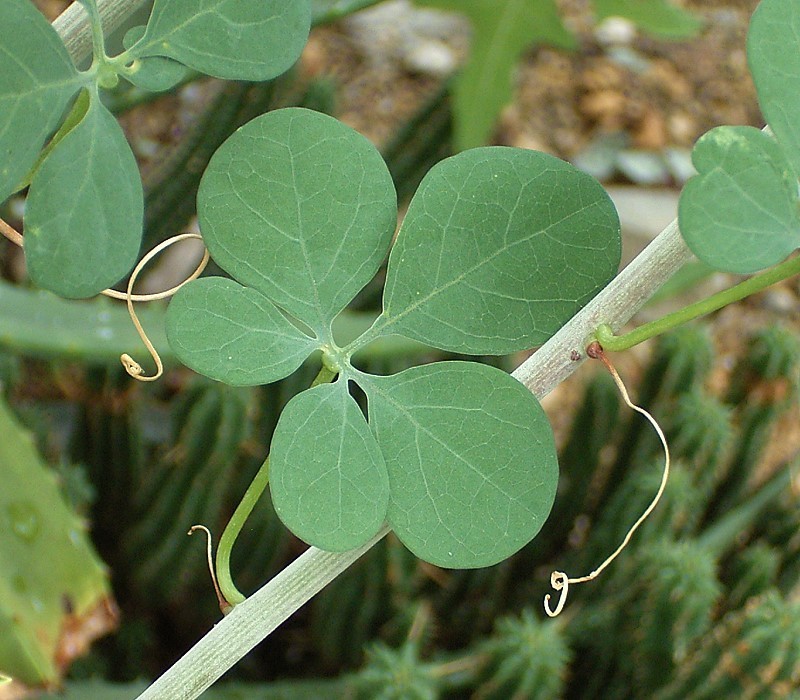|
Lissonycteris
The Angolan fruit bat, Angolan rousette or Silky bat (''Myonycteris angolensis'') is a species of megabat in the family Pteropodidae. It is found in Angola, Burundi, Cameroon, Central African Republic, Republic of Congo, Democratic Republic of Congo, Kenya, Nigeria, Rwanda, Sudan, Tanzania, Uganda, and Zambia. Its natural habitats are subtropical or tropical moist lowland forest, moist savanna, and rocky areas. Taxonomy and etymology It was described in 1898 by Portuguese zoologist José Vicente Barbosa du Bocage. Bocage initially placed it in the now-defunct genus ''Cynonycteris'', with a binomial of ''C. angolensis''. Its species name "''angolensis''" is Latin for "Angolan," likely in reference to the fact that the holotype was collected near Pungo Andongo in Angola. Description Its forearm length is and it weighs . Biology and ecology It is frugivorous. Consumed fruits include fruits of various trees, including fig trees, ''Anthocleista'', ''Milicia excelsa'', and ''Aden ... [...More Info...] [...Related Items...] OR: [Wikipedia] [Google] [Baidu] |
Megabat
Megabats constitute the family Pteropodidae of the order Chiroptera (bats). They are also called fruit bats, Old World fruit bats, or—especially the genera ''Acerodon'' and ''Pteropus''—flying foxes. They are the only member of the superfamily Pteropodoidea, which is one of two superfamilies in the suborder Yinpterochiroptera. Internal divisions of Pteropodidae have varied since subfamilies were first proposed in 1917. From three subfamilies in the 1917 classification, six are now recognized, along with various tribes. As of 2018, 197 species of megabat had been described. The leading theory of the evolution of megabats has been determined primarily by genetic data, as the fossil record for this family is the most fragmented of all bats. They likely evolved in Australasia, with the common ancestor of all living pteropodids existing approximately 31 million years ago. Many of their lineages probably originated in Melanesia, then dispersed over time to mainland Asia, t ... [...More Info...] [...Related Items...] OR: [Wikipedia] [Google] [Baidu] |
Jose Vicente Barboza Du Bocage
Jose is the English transliteration of the Hebrew and Aramaic name ''Yose'', which is etymologically linked to ''Yosef'' or Joseph. The name was popular during the Mishnaic and Talmudic periods. *Jose ben Abin *Jose ben Akabya *Jose the Galilean *Jose ben Halafta *Jose ben Jochanan *Jose ben Joezer of Zeredah *Jose ben Saul Given name Male * Jose (actor), Indian actor * Jose C. Abriol (1918–2003), Filipino priest * Jose Advincula (born 1952), Filipino Catholic Archbishop * Jose Agerre (1889–1962), Spanish writer * Jose Vasquez Aguilar (1900–1980), Filipino educator * Jose Rene Almendras (born 1960), Filipino businessman * Jose T. Almonte (born 1931), Filipino military personnel * Jose Roberto Antonio (born 1977), Filipino developer * Jose Aquino II (born 1956), Filipino politician * Jose Argumedo (born 1988), Mexican professional boxer * Jose Aristimuño, American political strategist * Jose Miguel Arroyo (born 1945), Philippine lawyer * Jose D. Aspiras (1924–1999), Fili ... [...More Info...] [...Related Items...] OR: [Wikipedia] [Google] [Baidu] |
Adenia
''Adenia'' is a genus of flowering plants in the passionflower family, Passifloraceae. It is distributed in the Old World tropics and subtropics.''Adenia''. Flora of China. The centers of diversity are in , eastern and western tropical , and . The genus name ''Adenia'' comes from "aden", ... [...More Info...] [...Related Items...] OR: [Wikipedia] [Google] [Baidu] |
Milicia Excelsa
''Milicia excelsa'' is a tree species from the genus '' Milicia'' of the family ''Moraceae''. Distributed across tropical Central Africa, it is one of two species (the other being ''Milicia regia'') yielding timber commonly known as African teak, iroko, intule, kambala, moreira, mvule, odum and tule. Description The species is a large deciduous tree growing up to high. The trunk is bare lower down with the first branch usually at least above the ground. It often has several short buttress roots at the base. The bark is pale or dark gray, thick but little fissured, and if it gets damaged it oozes milky latex. There are a few thick branches in the crown all fairly horizontal giving an umbrella shape. The smaller branches hang down in female trees and curve up in male trees. The leaves are long, ovate or elliptical with a finely toothed edge, green and smooth above and slightly downy beneath. Older leaves turn yellow, and all of the leaves have a prominent rectangular mesh of v ... [...More Info...] [...Related Items...] OR: [Wikipedia] [Google] [Baidu] |
Anthocleista
''Anthocleista'' is a genus of tree- and shrub-like tropical plants in the Gentianaceae, gentian family, tribe Potalieae, subtribe Potaliinae. There are about 50 species in the genus, native mainly to tropical Africa, including Madagascar and the Mascarene Islands. ''Anthocleista'' was once placed in the family Loganiaceae, but more recent molecular, morphological, and phytochemical evidence has placed the group well within the Gentianaceae. Uses Traditional Medicine In Africa, traditional use of the plants of this species is used in diseases like Diabetes, Obesity, Hypertension, Constipation (as laxative), Impotence, Fertility problems, Hyperprolactinemia, Sexual dysfunction, Malaria, Worms (infection), Worms, STDs (Gonorrhea, Syphilis), Fever(as antipyretic), Rheumatism, Bronchitis, Typhoid Fever, Hemorrhoids, Hernia and Cancer. This review cited only in vitro and animal research in support of these putative health benefits. Species Species in this genus include: *''Anthoclei ... [...More Info...] [...Related Items...] OR: [Wikipedia] [Google] [Baidu] |

